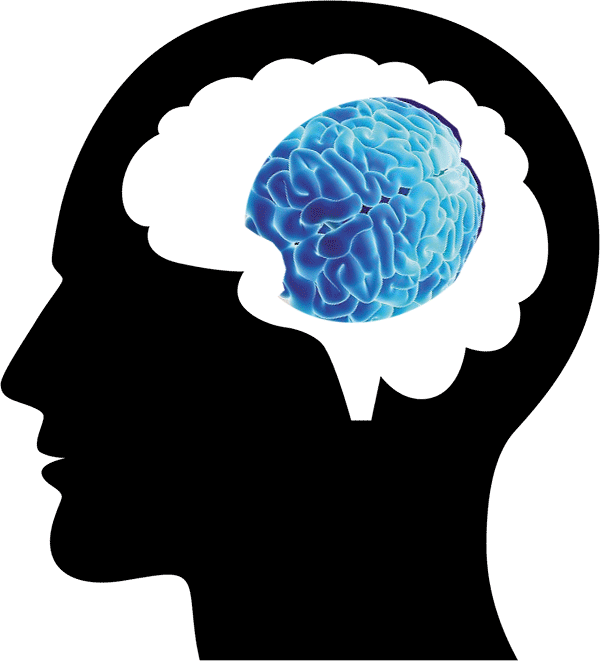

By: Dr.Layeeq-ur-Rahman Khan
IntroductionIn avoidant disorder of childhood/adolescence, the patient shows
Embarrassment and timidity are conveyed in their voices and they may tend to whisper and stand behind people or hide behind furniture in an attempt not be noticed. Blushing, difficulties in speech and easy embarrassment are characteristic. Underneath these behaviors and often expressed in close relationships are anger, sullen resentment, rage, or grandiosity. There is no evidence of a pattern of intellectual impairment or fundamental difficulty in communication, even when such children seem inarticulate. When pressured into social participation, children with avoidant disorder of childhood or adolescence may become tearful and anxious. They may cling to their caretakers and refuse to become involved in new activities. In adolescence the long delay in the development of psychosexual maturity may be evidenced by difficulty in peer relationships and in the establishment of appropriate social, sexual and aggressive adolescent activities. Extreme inhibition in recreational activities is common and a great deal of support is necessary to encourage participation. At times, shyness and inhibition complicate the learning process. In such cases a child’s true abilities become apparent only under extremely favorable educational conditions. |
Extent of Problem:
|
Causes:
|
Diagnosis:The diagnosis should not be made before the age of 2 ½ years, when the normal stranger anxiety phase has passed. The disorder is diagnosed on the basis of excessive shrinking from contact with unfamiliar people for period of six months or longer. Children with avoidant disorder of childhood or adolescence may have great difficulty in separating from a parent figure specially to meet unfamiliar persons. Often the parent must come into the examination room at the beginning of the session, because the child demands to know exactly where the parent is during the session. |
Treatment:Psychotherapy with the explicit approval of the parent figure is the treatment of choice at the start. A great deal of work is directed toward helping the child separate himself from parent and recognize that independent activity can be safe and fulfilling. The development of skills in dancing, music performance, singing, or writing may --be valuable ego supports for the children. In working with the parents, the therapist should show empathically and sensitivity how the child is controlling the parent by means of shyness. The parent can then give the child opportunities to experience manageable anxiety and thus be able to give up some of the secondary gains of shyness. Parents often require therapy because they may be unwilling o support the newly assertive child, especially if shyness fulfilled unconscious needs in the parents to keep the child infantilized. Anti-anxiety medication on a short term basis may decrease anxiety in order to overcome the avoidant behavior. A restructuring of relationships in a supportive therapeutic environment that directs the child toward facing new situations and mastering anxiety in order to achieve a higher level of independent functioning. |